Architects:
Kashef Mahboob Chowdhury/URBANA
Location:
Gaibandha, Bangladesh
Team:
Anup Kumar Basak, Sharif Jahir Hossain, Motiur Rahman, Amrul Hasan
Area:
2897.0 sqm
Project Year:
2011
Parekh house LOCATION: AHMEDABAD, 1967-68 ELEVATION : 53 m LATITUDE : 23 04N LONGITUDE : 72 38E About the building: Two pyramidal sections from housing types developed for Cablenagar Summer section – to be used during daytime; protects interior from heat Winter section – to be used in early mornings and evenings; opens up the terraces to the sky Since site faces east-west, house consists of 3 bays Summer section sandwiched between winter section and service bay (for circulation, kitchen and toilets) Bearing walls made brick . Climatic conditions: TEMPERATURE: summer: 45 °C – 30 °C winter: 24°C – 5 °C max. in last 18 years: 47 °C min. in last 18 years: 5 °C RAINFALL: avg.: 76 cms max. in last 122 yrs.: 145 cms min. in last 122 yrs.: 13 cms So the temperature shows that the city is hot and humidity shows that its dry. Design concept: Functional Aspects: cubical composition arrangement of spaces as per their time of use. Passive features A void is provided Louvers Level differences Ho...


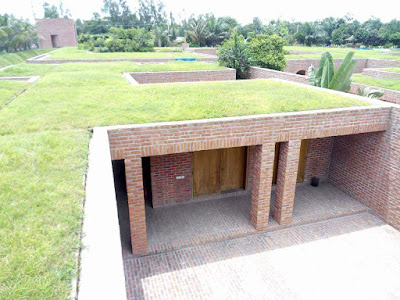

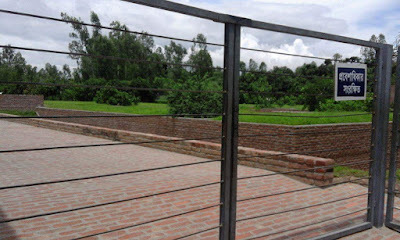

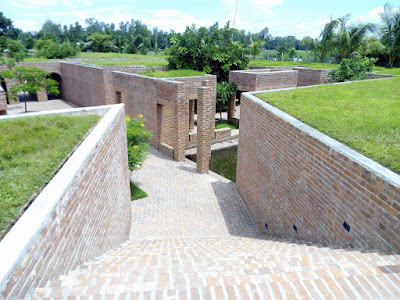
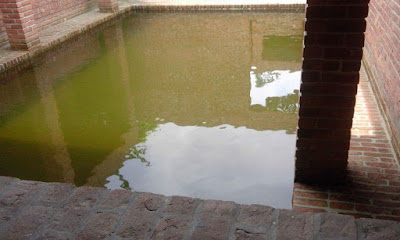
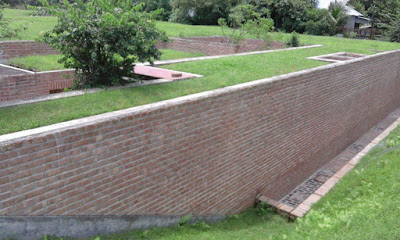










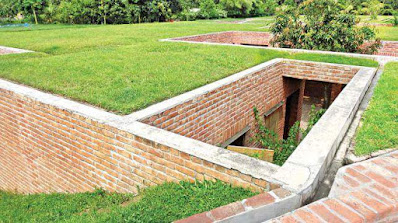



Comments
Post a Comment
If you have any doubts, Please let me know